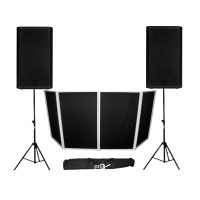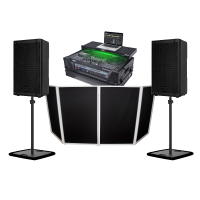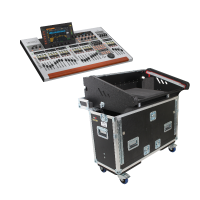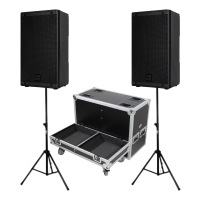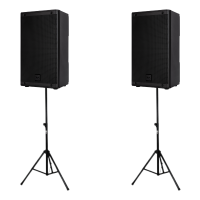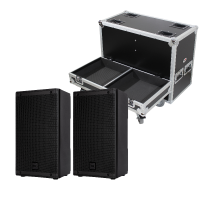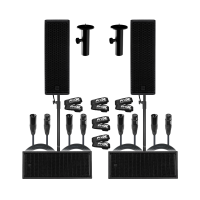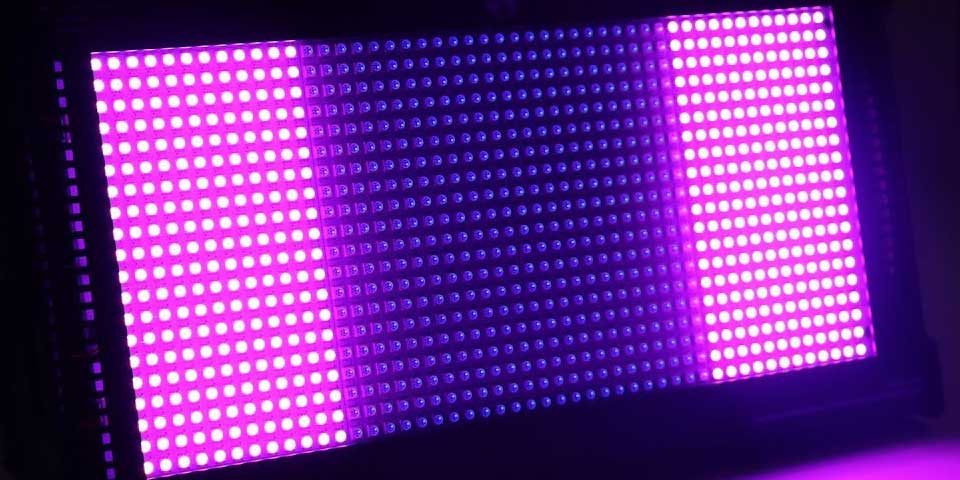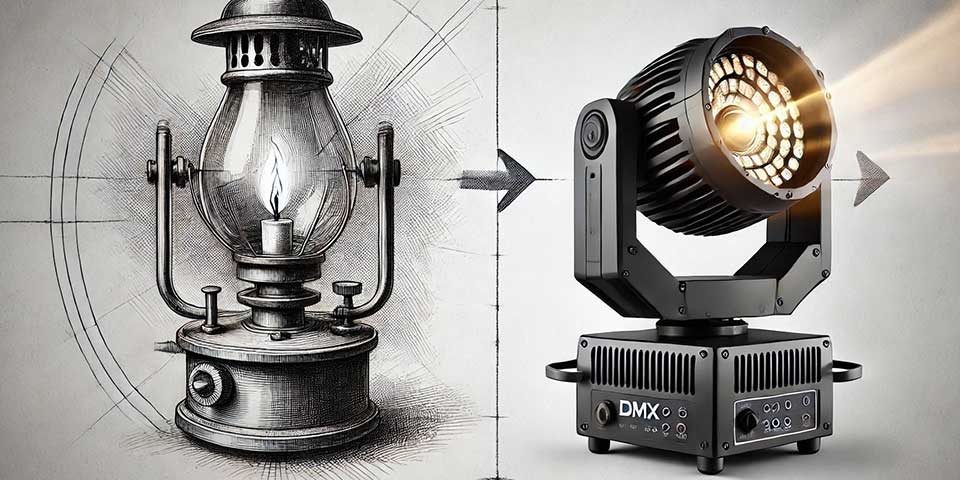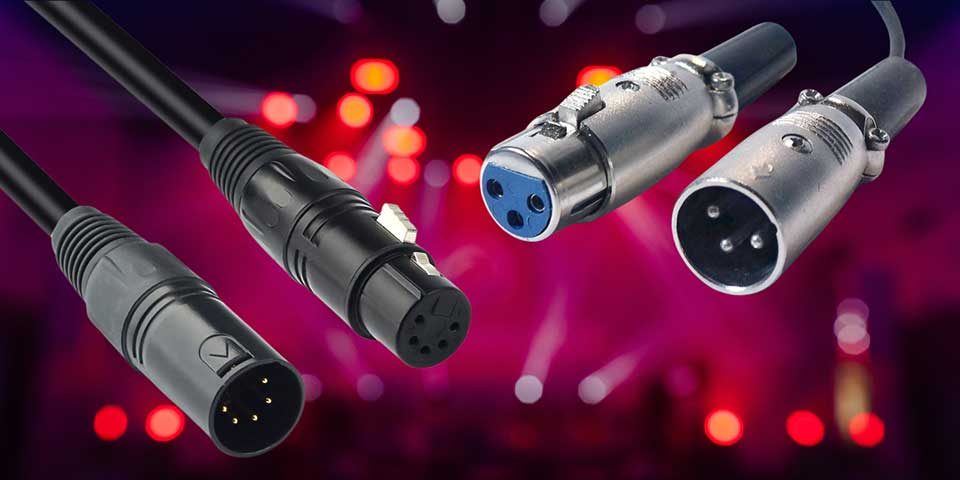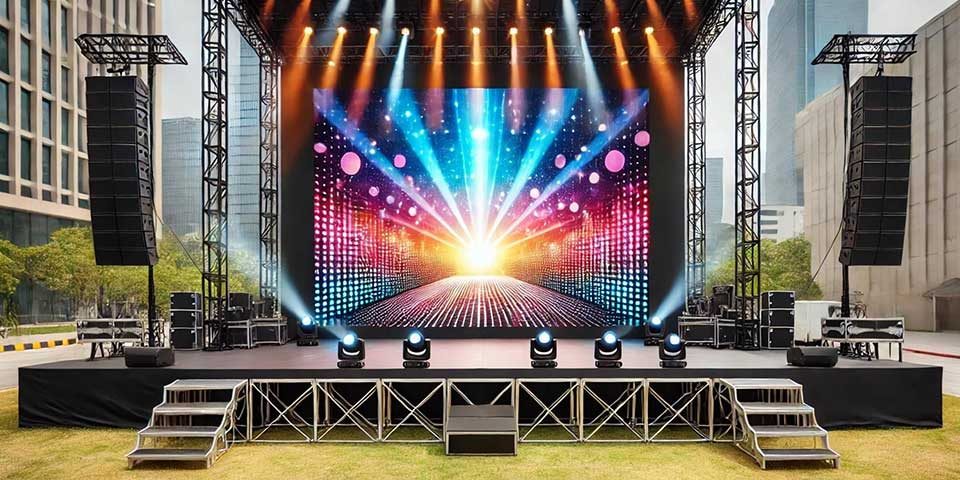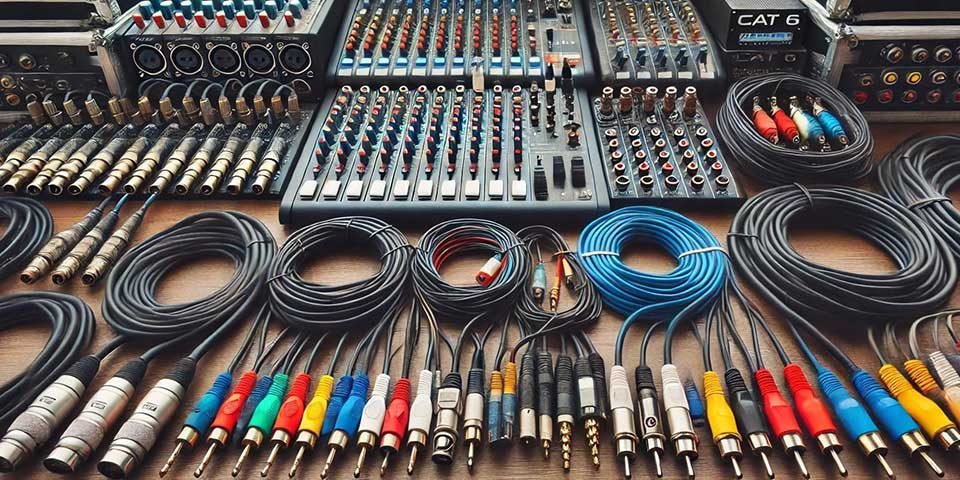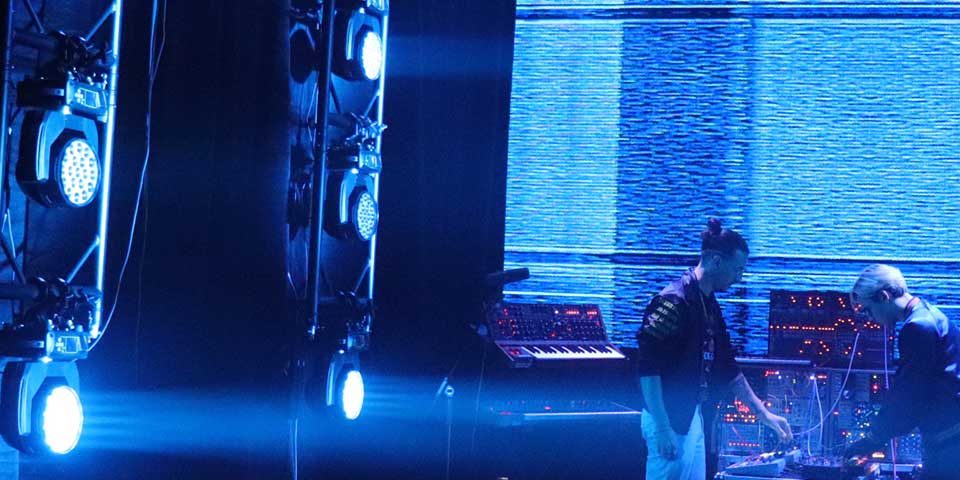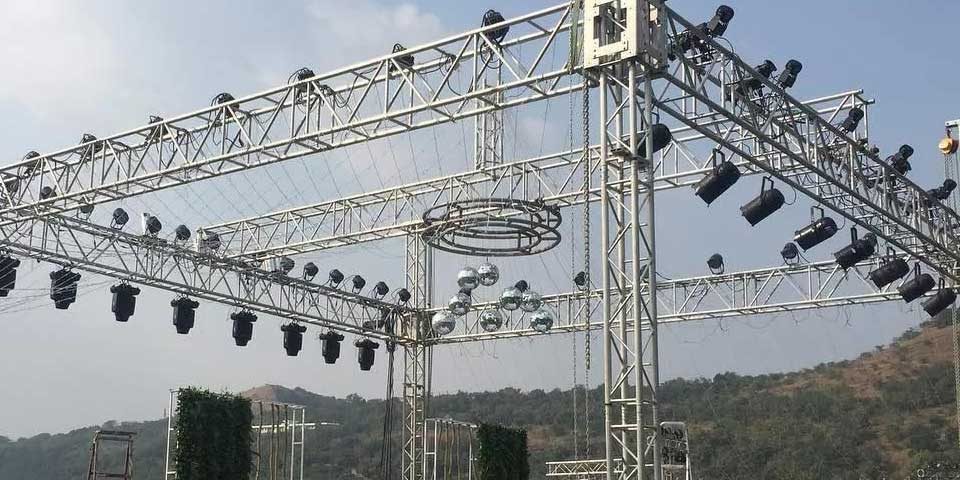
How to Set Up a Video Wall: A Complete Guide for Different Builds and Control Systems

How to Set Up a Video Wall: A Complete Guide for Different Builds and Control Systems
Best Subwoofer Placement Guide: Achieve Perfect Bass in Any Room
Introduction
Subwoofer placement can dramatically affect the overall sound quality of any audio system, especially in professional settings. Whether you’re optimizing bass in a recording studio, concert hall, or large venue, knowing where and how to place your subwoofer is essential for achieving powerful yet balanced sound. This guide explores practical subwoofer placement techniques, technical considerations, and how room acoustics impact performance. We'll also discuss Turbosound TSP118B-AN and Active Speakers as high-performance options for pro audio environments.
How Subwoofer Placement Enhances Sound Performance
Understanding the acoustics of a room is the first step to optimizing subwoofer placement. Low frequencies between 20 Hz and 200 Hz interact differently with room dimensions, leading to standing waves—locations where bass frequencies either double in intensity or cancel out altogether. Modal analysis is crucial in identifying these standing waves. By calculating and addressing these room modes, sound engineers can ensure a more even and powerful bass response across the entire space.
Room correction tools, like bass traps or digital correction software, also help mitigate acoustic issues caused by poor subwoofer placement. These tools work by adjusting how the room reflects sound, enhancing the clarity and accuracy of the bass output.
Tools and Methods to Optimize Placement
Professionals in complex or irregular spaces can use tools like Room EQ Wizard (REW) and room simulators to optimize subwoofer placement. These tools help sound engineers simulate room acoustics by inputting dimensions and testing subwoofer locations. This process identifies issues like standing waves, nulls, and phase cancellation before the physical setup. Adding bass traps absorbs excess low-end frequencies that build up in corners. Meanwhile, digital room correction tools automatically adjust audio signals to fix problematic acoustics. Using these methods together ensures accurate bass response and efficient subwoofer placement for the best sound performance.
Subwoofer Placement in Different Room Shapes
Rectangular rooms generally allow for easier subwoofer placement. Subwoofers placed along the front wall, between or near the main speakers, often provide the best integration. However, irregularly shaped rooms (such as L-shaped or open spaces) introduce more challenges. These rooms can create complex standing wave patterns, making it harder to achieve consistent bass response throughout the area. To counteract this, professionals often use tools like Room EQ Wizard to simulate room acoustics and adjust subwoofer positioning for the best results.
One of the biggest issues in these spaces is comb filtering, where phase differences between two sound waves cause dips and peaks in the frequency response. By adjusting the subwoofer's location or adding multiple subwoofers, you can minimize this effect.
RCF Line Array Package: (6) HDL 6-A 2-Way, (2) SUB 8006-AS 2 x 18″ Woofer, (2) Flight Cases w/ wheels, (2) Telescopic C-Shape Support
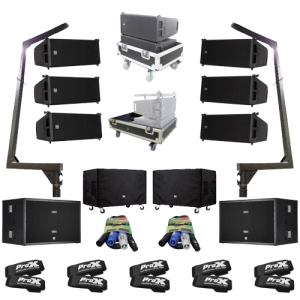
Technical Considerations for Sound Engineers
When setting up a subwoofer, technical details like phase alignment, crossover settings, and SPL (sound pressure level) play a critical role. The low-pass filter (LPF) should typically be set between 80 Hz and 120 Hz to ensure that the subwoofer handles only the low frequencies, while the main speakers manage the higher ranges. This minimizes phase cancellation and provides a smooth frequency transition between the subwoofer and other speakers.
Subwoofer sensitivity and power handling also impact performance. Sensitivity is measured in decibels (dB) and determines how efficiently the subwoofer converts power into sound. A subwoofer with a sensitivity of 90 dB will deliver louder bass than one with 80 dB using the same power input. Ensuring that your subwoofer matches the amplifier’s power output is essential for avoiding distortion and maximizing performance in large venues or high-demand situations.
General Rules for Subwoofer Placement
There are a few universal guidelines for subwoofer placement that apply across most settings:
- Avoid placing subwoofers in corners: While corner placement may enhance bass output due to boundary reinforcement, it often leads to boomy, uncontrolled bass that lacks clarity. Corners can also exacerbate standing waves, creating spots in the room with too much or too little bass.
- Subwoofer crawl method: One practical approach for finding the optimal placement is the "subwoofer crawl." Place the subwoofer in the main listening position, then move around the room while playing a bass-heavy track. The spot where the bass sounds the most even is usually where the subwoofer should be placed.
Distance from walls: Maintaining a distance of 2-3 feet from the wall for rear-ported subwoofers helps prevent boundary-related sound distortion. Front-ported subwoofers allow closer placement, as the air movement is directed forward, reducing reflections off the rear wall.
Calculating Subwoofer Placement for Complex Rooms
For complicated room layouts or when using multiple subwoofers, precise calculations can make a significant difference. The distance between subwoofers should not exceed half the wavelength of the crossover frequency to avoid phase cancellation. For instance, if your crossover is set at 100 Hz, the maximum distance between subwoofers should be no more than 3.4 meters (11 feet). Beyond this distance, you risk experiencing destructive interference, which can create inconsistent bass response across the listening area.
Tools like Room EQ Wizard and room mode simulators allow professionals to predict room modes and adjust subwoofer placement accordingly. These tools help identify where bass nulls (areas of cancellation) and peaks (areas of excessive bass) occur, enabling sound engineers to position the subwoofer in a way that minimizes these issues.
conclusion
Proper subwoofer placement is key to achieving clear, powerful, and balanced bass in any professional audio environment. By taking into account room acoustics, using technical tools, and applying practical placement techniques, sound engineers and AV installers can enhance sound performance in both simple and complex settings. For powerful performance, consider Turbosound TSP118B-AN and Active Speakers to complement your setup and deliver superior sound quality.
Mastering subwoofer placement means improving clarity, avoiding distortion, and ensuring that bass is felt—rather than simply heard—across every corner of the room.



